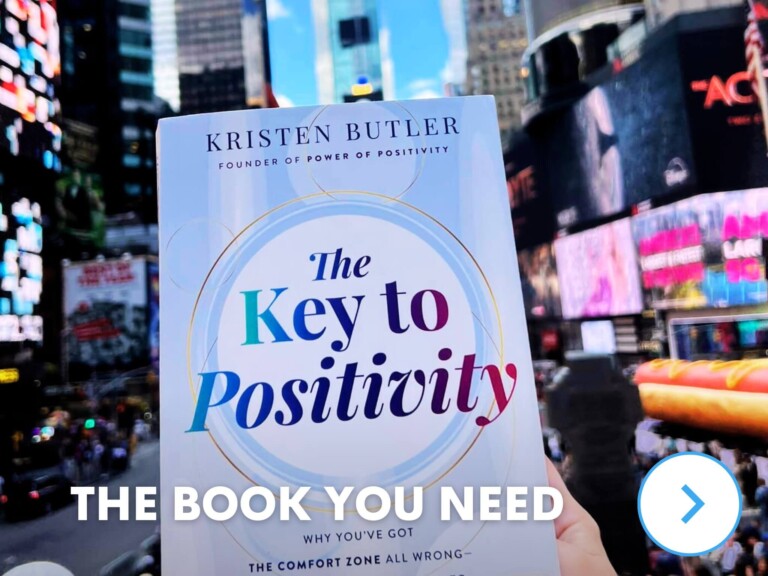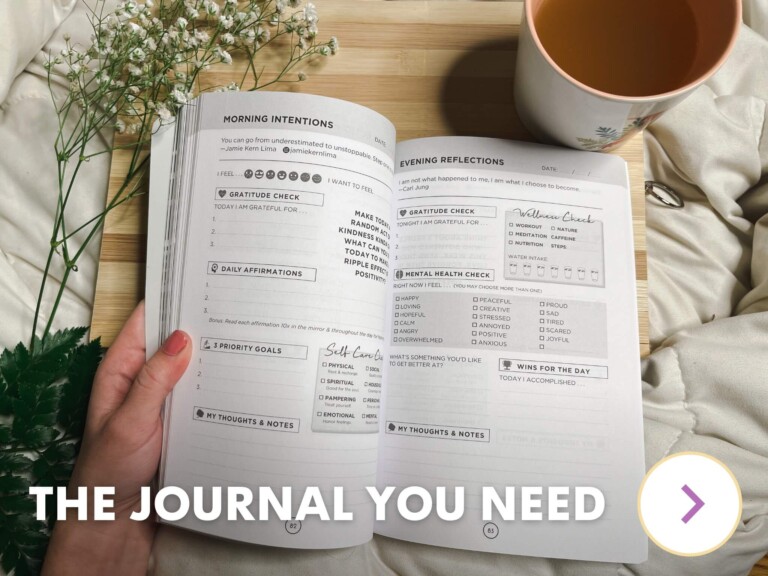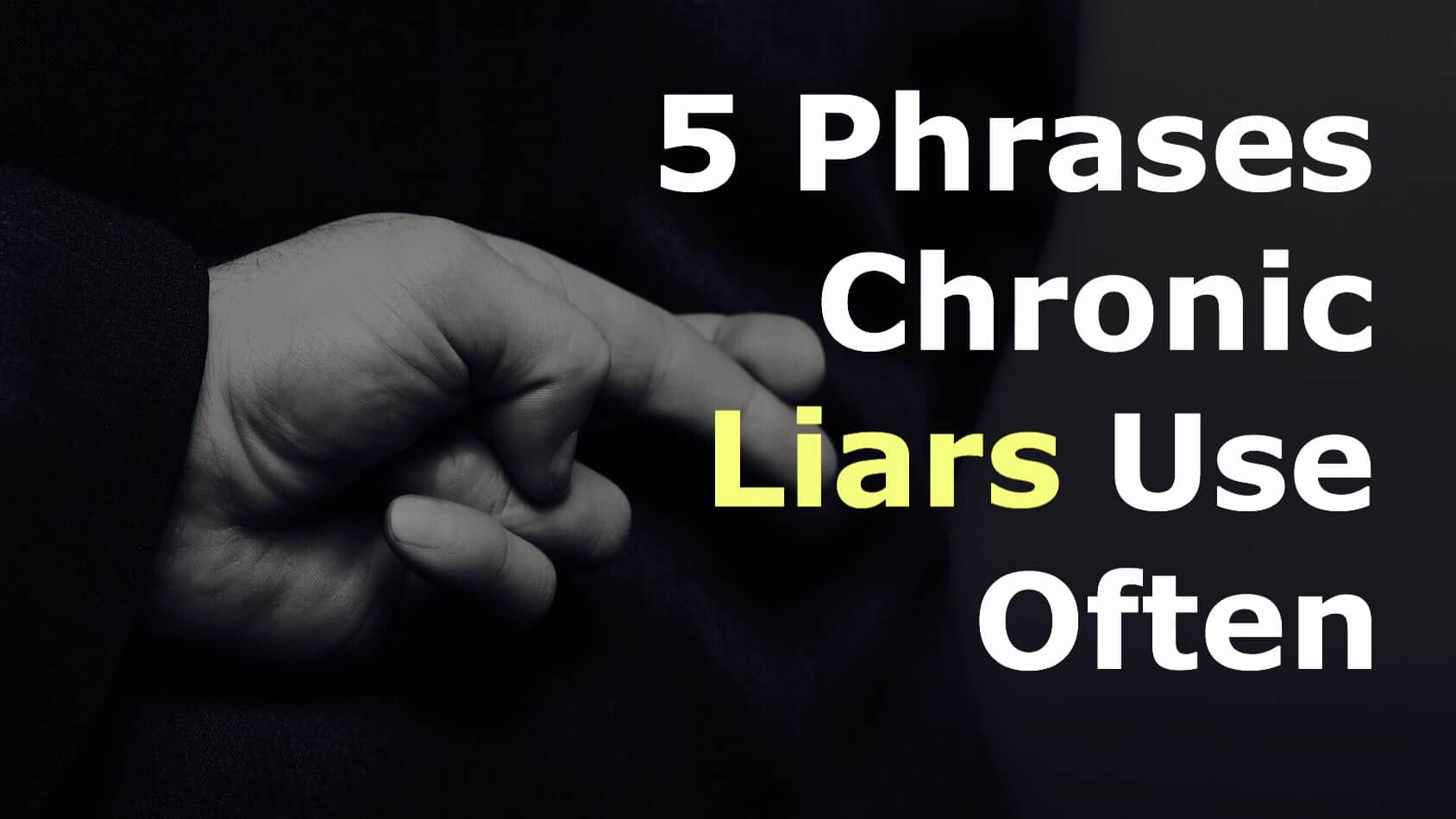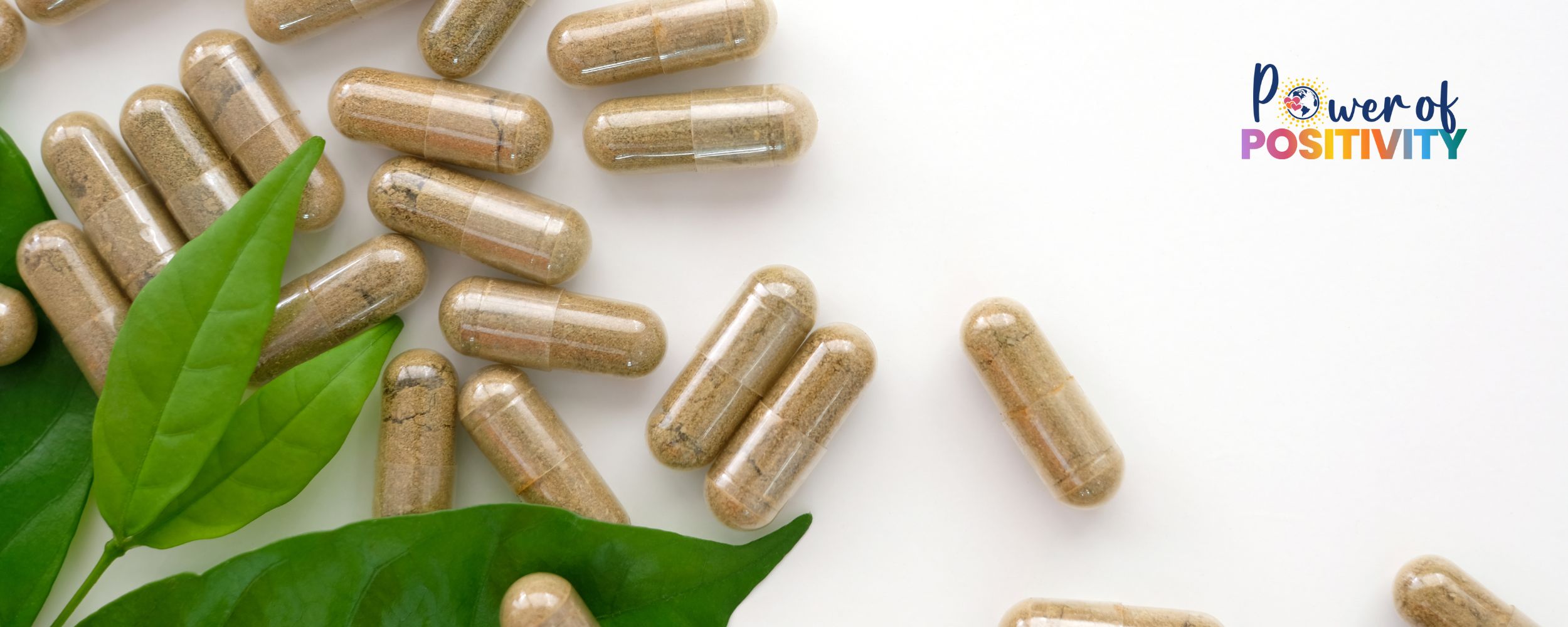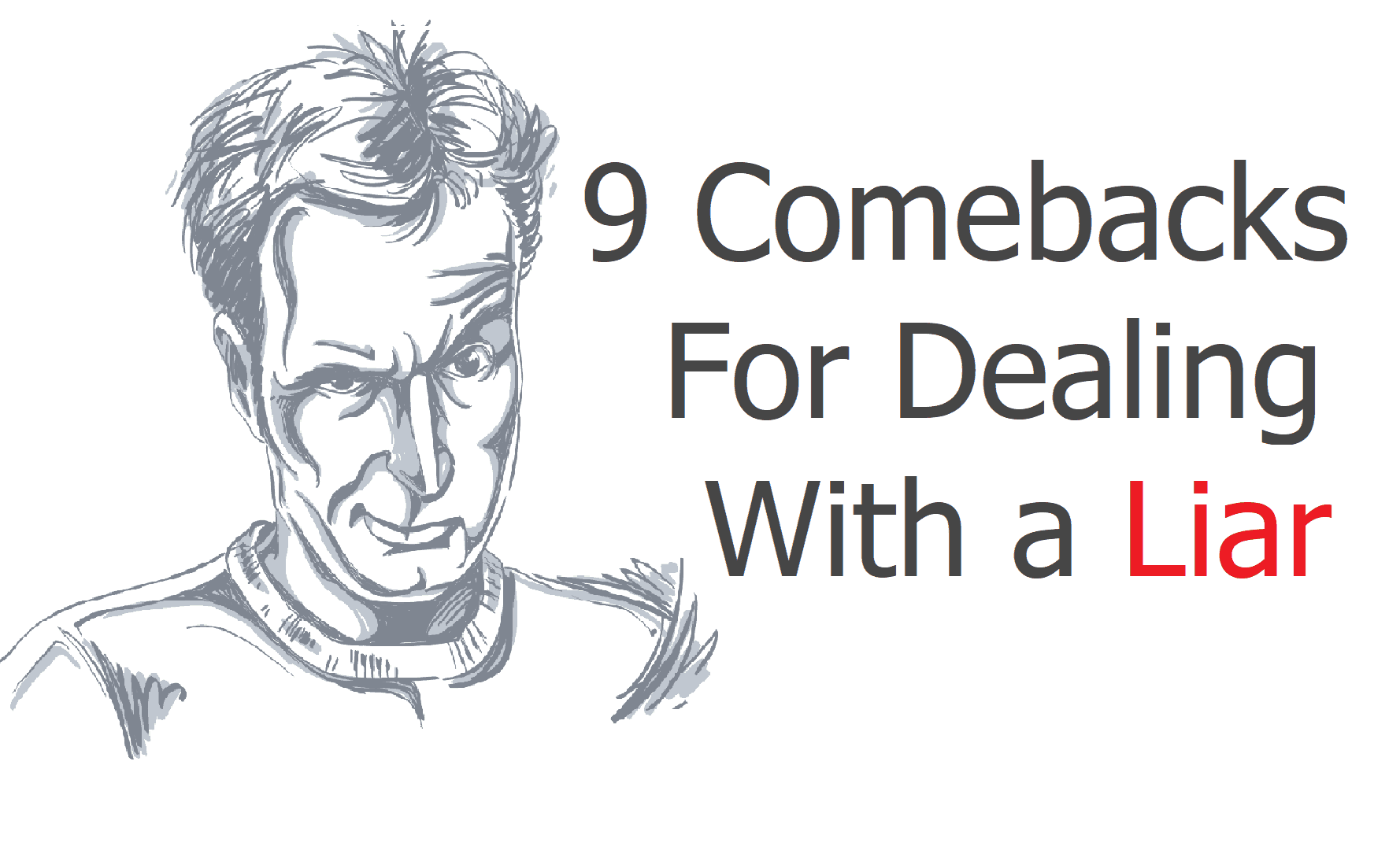Sad feelings are a part of life. You’ll have times when you’re happy, but you’ll also have times of anger or sadness. When these emotions come around, it’s important to know how to regulate and manage them. Without proper management, they can escalate to more severe problems in the future.
Still, management is easier said than done. Many people around the world struggle with sad emotions and don’t know how to handle them properly. If you’re one of those people, then read on! Here’s how research and therapists reveal 6 positive ways to deal with sad feelings.
1. Distract Yourself From Rumination
Rumination refers to a situation where you essentially become trapped within your own thoughts as you stew in a pot of negative thoughts, regrets, and worries. It’s one of the main factors of disorders like depression and can worsen already negative emotions significantly, according to studies.
As such, well-being technology expert and consultant Tchiki Davis, Ph.D., says overcoming rumination is the first step to dealing with sad feelings. One of the best ways to do this is via distraction, especially with things that can boost positive thinking independently. Here are several ways you can distract yourself:
· Do Pleasant Activities
At first, it can feel like you don’t want to do anything nice but force yourself into it, and the positive thinking will slowly seep in. Go for a walk, play an instrument, engage in a hobby, or even think long-term by signing up for a class or learning something new.
· Spend Time With Loved Ones
Being around people you like can increase oxytocin production in the body, triggering positive feelings, and decreasing depressive symptoms. This can aid even just mild sadness!
· Shock Your System
Do something with your body that involves fully engaging it into something intense, such as a very cold shower, a difficult exercise routine, or playing an action-packed video game. These actions can force the brain to stop focusing on negative things and direct their energy on the task at hand.
2. Identify And Accept The Feelings
To deal with sad feelings, you have to be able to confront them. That means being aware of them, identifying them, tracing them to their causes, and accepting them. Licensed Marriage and Family Therapist and Certified Sex Therapist Jennifer Litner recommends asking yourself these questions to begin figuring out your emotions.
- What is my current emotion? Is there more than one?
- What has occurred that led to this emotion?
- Is there an alternative explanation for the occurrence that makes logical sense?
- What do I want to do regarding the emotions I’m experiencing?
- Is there a better way for me to handle the emotions I’m experiencing than that?
This takes you, step-by-step, through the complexities of feelings and reactive negativity. You consider rational alternatives and reframe your mind so that you can productively diffuse the situation. After all, thinking about your emotions may contribute to overall happiness, according to science. At first, this won’t be easy to do, but eventually, you’ll become quite the pro as the habit builds!
However, it’s not just enough to identify emotions – you also have to accept them. Sad emotions are normal and are part of being human, and if you try to downplay what you feel, you’re going to invalidate yourself and bottle up too much. Acceptance of your feelings is what eventually leads to a more positive and happier life. It can take time to learn to accept your emotions, but as stated, the habit will build!
3. Let Yourself Cry
Have you ever heard someone boast about how they never cry? Those people might actually have the most pent up emotion. Crying is completely healthy and is one of the best ways to release the most severe emotions after a sad or difficult event. Here are some reasons crying can be beneficial, according to licensed professional counselor Trudi Griffin:
· It Releases Endorphins
Endorphins are a feel-good neurotransmitter that makes you feel more positive. When you cry, the body releases endorphins, which relax you and help you feel better.
· It Activates The Nervous System
The body’s parasympathetic nervous system functions in the realm of trauma and stress recovery. When you cry, this part of the nervous system is activated, facilitating faster recovery.
· It Communicates Pain
When you cry, you communicate to others around you that you are experiencing pain. If you have a positive support system, crying around them can help them empathize with you and offer appropriate and helpful levels of support to you.
There are, of course, a few caveats to the act of crying to manage emotion:
· Support Circles Matter
Research suggests that if the people around you – or the cultures you grew up in – consider crying shameful or a sign of weakness, you may not benefit from the usual positive functions of crying.
· Not Everything You Hear About The “Release” Is True
Former St. Paul-Ramsey Medical Center Psychiatry Research Laboratories director Dr. William H. Frey, a biochemist, was famous for his research that suggested that crying could release toxins from the body. This research is now heavily disputed and believed to be either incorrect or insignificant due to the small number of toxins released.
· Forcing Yourself To Cry Does Not Help
If you do not feel like crying, you should not force yourself to cry! This can be counterproductive, and you should not force a reaction that you don’t have.
4. Take Care Of Your Health
A healthy body makes a healthy mind. On top of that, good health makes you feel better anyway, as you’re less likely to be able to manage emotions when you’re also sick. Here are some ways to take care of your health to reduce the severity of sad feelings:
· Get Enough Sleep
You need to get high-quality sleep in sufficient amounts to be in tip-top mental and physical shape. Board-certified psychiatric mental health nurse practitioner and licensed psychologist Dr. Timothy Legg explains that individuals who have insomnia increase their risks of developing depression by a whopping 10%, according to studies! If you have trouble sleeping, avoid caffeine in the evening, make sure your mattress and bedroom are comfortable, and stop looking at screens an hour before bed.
· Exercise
There is no shortage of research out there that informs us of the many benefits of exercise. The act of working out releases feel-good chemicals like endorphins that boost your energy, relaxation, and positive thinking, especially among those who are depressed.
· Reduce Your Sugar Intake
High levels of sugar can be responsible for increased symptoms of depression. Research has found that it is just as bad for mental health as it is for physical health.
· Reduce Social Media Usage
Many people who use social media a lot can experience worsened self-esteem, says research. The fact that social media is also quite addictive means it’s often difficult not to fall into a dangerous cycle with your use of this medium. It’s simply not healthy to stare at screens all the time, anyway! Try logging off at a certain time, deleting certain apps or accounts, blocking certain websites, or giving yourself a set quota for weekly social media time, recommends Legg.
5. Try Common Practices For Relaxation
People have turned to tried-and-tested methods for relaxation and emotional regulation for centuries. Many practices that help relieve stress can be equally beneficial for sadness. Griffin recommends:
· Mindfulness
Mindfulness refers to the act of being completely present and grounded, releasing worries of the past and future. It also means noticing and being aware of your emotions and situation with acceptance and patience. As such, it isn’t just relaxing, but it can also help you fight rumination, identify feelings, and accept them. Numerous studies have indicated the repeated use of mindfulness can alter the way your brain reacts to negative emotions, potentially shortening recovery time.
· Meditation
Meditation, especially combined with mindfulness, helps the brain to regulate its responses to negative stimuli, according to studies. Just 15 minutes of a basic mindfulness meditation activity can help relax you and center your thoughts, allowing you to begin working through the sadness.
· Yoga
Yoga helps you be more aware of your body and mind while also aiding in stress relief and mood improvement. Studies have found an effective form of treatment for depression in many cases, especially when provided as a supplement to pre-existing treatment.
· Tai Chi
Tai Chi works similarly to yoga, aiding in the awareness of your mind, thoughts, and body. Most interestingly, it has been scientifically proven to help reduce the pain of both the physical and mental kind, even in individuals with diagnosed chronic pain disorders.
6. Talk To A Professional
If your sad feelings are becoming overwhelming and affecting your everyday life, it may be time to try talking to a professional. There’s a lot of stigma around seeing a therapist, counselor, or psychologist, but that’s because we often don’t consider mental health as important as physical health. If you would go to the doctor for physical pain, you should see a professional for a mental one, too.
Litner states that constant emotional dysregulation over a long period of time is often linked to serious mental health conditions. This can include bipolar disorder, major depressive disorder, and borderline personality disorder. These problems need proper help and treatment.
Besides, some emotional regulation difficulties are related to severe problems, like family issues and trauma, which also need help, says therapist Vicki Botnick. A mental health professional can offer much needed unbiased and nonjudgmental support to you if you have these issues. They can:
- Help you manage severe mood swings.
- Show you the methods to practice the reframing and understanding of your emotions.
- Delve into the root causes behind your emotional issues
- Teach you how to regulate emotions better
- Prevent the worsening of conditions to the point of suicidal desire or self-harming behavior
 Final Thoughts On Some Positive Ways To Deal With Sad Feelings
Final Thoughts On Some Positive Ways To Deal With Sad Feelings
Sad feelings are unavoidable, and you’ll have times when you’re so blue, you wonder if you’ll ever be okay again. But keep your positive thinking, because you can overcome these emotions. Just put these 6 positive ways to deal with sad feelings into practice and not be afraid to get help if you need it.






